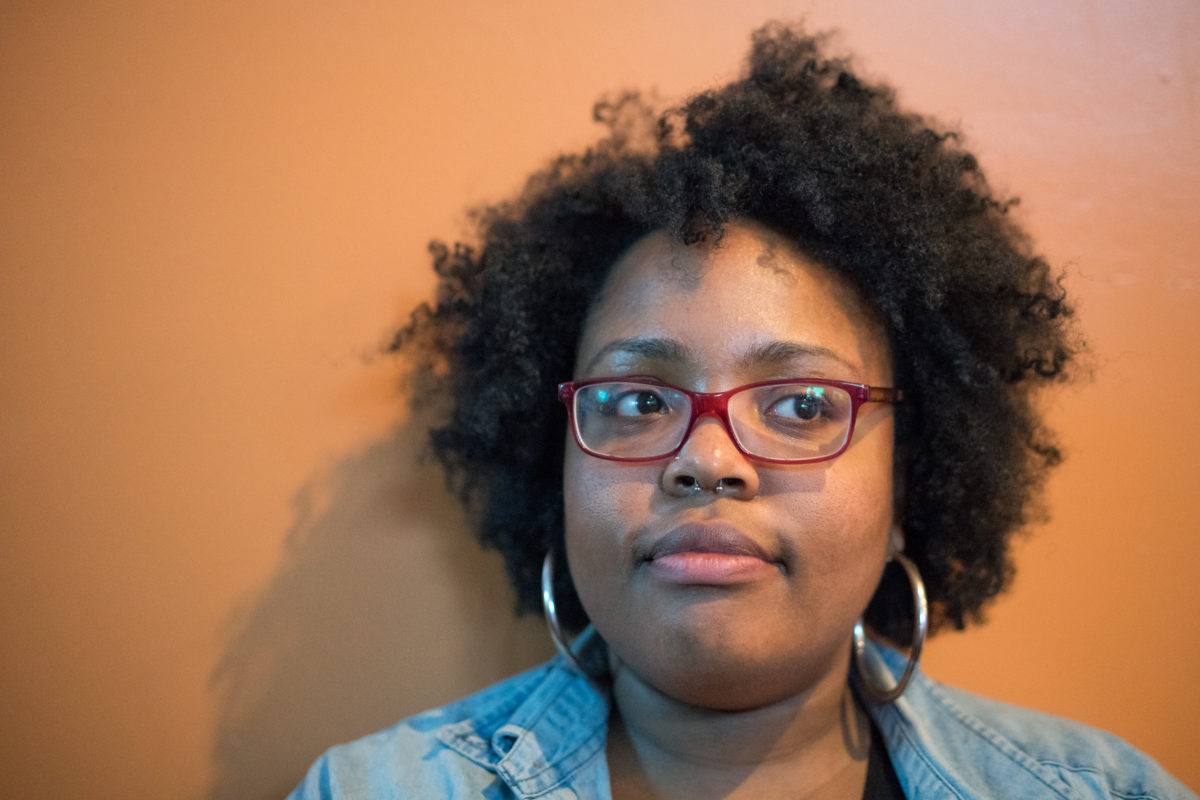Reimagining housing: A Q & A with Diana Lind
 October 21, 2020
Category: Featured, Medium, People, Q&A
October 21, 2020
Category: Featured, Medium, People, Q&A
Diana Lind is the executive director of the Arts + Business Council of Greater Philadelphia, and the author of the recently published book, Brave New Home: Our Future in Smarter, Simpler, Happier Housing, which has been called “a vibrant case for a host of viable alternatives to the single-family home.”
Lind recently answered a few questions for Generocity via email about her new book and the forecast of housing post-COVID-19.
Generocity: Thanks again for your time and agreeing to answer a few questions. I’d like to know a little bit more about how you arrived in your work both as an author and as the executive director of the Arts and Business Council. How do you define your work and what was that journey?
Diana Lind: I started my career with an MFA in Creative Writing and my first job was writing about architecture and design for Architectural Record. After those experiences, I moved to Philadelphia in 2008 to be the editor in chief of Next City, and eventually executive director. Following that I’ve worked for a number of Philadelphia institutions, most recently the Art + Business Council.
I’d say this experience of writing a book is a bit of coming full circle — doing something I’d wanted to do 20 years ago. In my work for ABC, I feel now reconnected with the creative economy that I was much closer to back in the early days of my career.
Generocity: October 13 was the publication date for your second book, Brave New Home. Can you tell me more about the book and your inspiration for writing it?
Lind: People right now are wondering what’s wrong with this country. Why are we so segregated? Why are families, even dual-earner families with college degrees, struggling to get by? Why are we so unhealthy and depressed compared with other countries? Why are we contributing so much to climate change? And I really believe the answer is: our housing. And most of our housing is comprised of single-family homes.
I wanted to explore the idea of the American Dream of homeownership, and how it masks a lot of social, economic and environmental problems.
Generocity: What was the timeline of this book’s inception and writing in relation to COVID-19? How did the pandemic change your approach to writing and thinking about this topic?
Lind: I agreed to write the book in September 2018 and then handed the last edits in about a week or two before lockdown. I was able to add in a few thoughts about COVID-19 while in the final editing phase in April, but I was totally aware of how dated it would seem by publication.
Generocity: Are there specific insights or ways that your book speaks to this particular moment in history when many people’s relationships with and ideas of home are shifting?
Lind: I think that a lot of the trends that we saw pre-COVID — people’s interest in co-living, in multigenerational housing, in wellness communities — will remain even if the prevailing media story is about people moving to the suburbs. People will have experienced interdependency which might encourage them to live with family members longer term. People who have lived alone might prefer to now live in co-living.
Generocity: Locally, the activism of houseless citizens and advocates at encampments have illuminated some of Philadelphia’s issues involving housing inequality and inaccessibility. What are some insights from your research regarding situations like this and possible resolutions?
Lind: I think that having more housing options outside of single-family housing will allow for more affordable housing. That said, that kind of supply-demand equation really affects people who are in the middle class. For people who are low-income or no-income, we obviously need heavily subsidized housing and that is really a separate issue, mostly around funding sources.
Generocity: If we could time travel ahead 10 years to 2030, what are some of the changes you think we’ll experience in the future of housing?
Lind: We will see a lot more of the acceleration of the trends I discuss in the book: co-living communities, accessory dwelling units, multigenerational housing and wellness communities.
Generocity: Finally, where can folks find Brave New Home and follow you and your work?
Lind: There are signed copies at Harriet’s Bookshop and Headhouse Books. You can follow me at twitter.com/dianamlind.
Trending News









